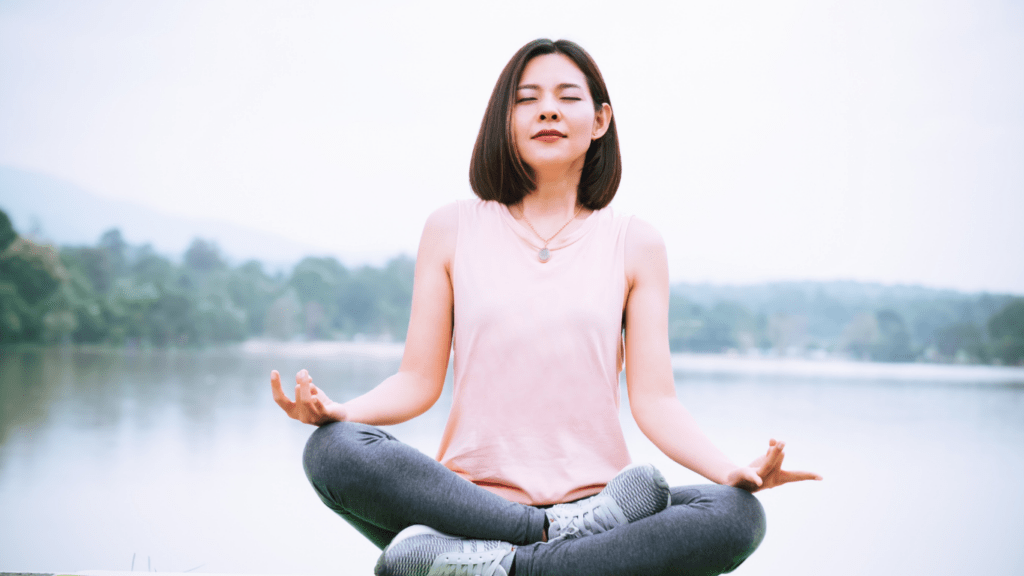The Importance Of Sleep
Sleep is vital for overall health and well-being. It allows the body to repair itself physically and mentally. During sleep, the brain processes information, consolidates memories, and clears out toxins. According to the National Sleep Foundation, adults need 7-9 hours of sleep per night, but many fall short of this requirement.
Inadequate sleep negatively impacts mood, cognitive function, and physical health. Chronic sleep deprivation can lead to various health issues such as obesity, diabetes, cardiovascular disease, and weakened immune function. A study published in the journal “Sleep” found that individuals sleeping less than 6 hours a night were more likely to develop hypertension.
Effective sleep enhances productivity and concentration. Quality sleep boosts the ability to focus, make decisions, and perform daily tasks efficiently. The University of Michigan reports that well-rested individuals tend to have better problem-solving skills and are less prone to errors.
Prioritizing sleep is crucial for mental health. Adequate rest reduces stress, anxiety, and the risk of depression. The American Psychological Association highlights that consistently getting sufficient sleep can improve emotional regulation and overall mental resilience.
Incorporating mindfulness into a nightly routine helps address sleep problems. Mindful practices reduce stress and promote relaxation, making it easier to fall asleep and stay asleep. To achieve better sleep, integrating mindfulness techniques into the evening routine can transform sleep habits and enhance overall well-being.
Understanding Mindfulness And Its Benefits
Mindfulness, a powerful tool for improving sleep, involves bringing one’s full attention to the present moment without judgment. Let’s delve deeper into the concept and its specific benefits for better sleep.
What Is Mindfulness?
Mindfulness, rooted in Buddhist meditation practices, means maintaining awareness of thoughts, feelings, and physical sensations. It requires actively engaging with the current experience rather than dwelling on the past or worrying about the future. Techniques include focused breathing, body scans, and mindful listening, which foster a sense of calm and present-focused awareness. Studies like the one published in the JAMA Internal Medicine highlight that mindfulness practices can reduce insomnia and overall sleep disturbances.
How Mindfulness Improves Sleep
- Mindfulness improves sleep by reducing stress, easing anxiety, and promoting relaxation.
- Stress triggers the body’s fight-or-flight response, which can disrupt sleep patterns.
- Mindfulness reverses this by engaging the parasympathetic nervous system, enhancing calmness.
- Regular mindfulness practice can also alter brain structures, as evidenced by research from Massachusetts General Hospital, which shows increased gray matter in areas associated with emotional regulation and memory.
- This leads to more restful, uninterrupted sleep by quieting mental chatter and reducing instances of waking up during the night.
Techniques To Try Tonight

To improve sleep quality, incorporating simple mindfulness techniques into your nightly routine is effective and rewarding. Here are some methods you can try tonight.
Mindful Breathing
Mindful breathing involves focusing on your breath to anchor your mind to the present moment. Begin by sitting or lying down in a comfortable position. Close your eyes and take a deep breath in through your nose, filling your lungs completely. Hold the breath for a moment, then slowly exhale through your mouth. Repeat this process for five to ten minutes, paying attention to the sensation of air entering and leaving your body. If your mind wanders, gently bring your focus back to your breath.
Body Scan Meditation
Body scan meditation helps you connect with physical sensations to promote relaxation. Lie down on your back with your arms at your sides. Close your eyes and begin by focusing on your toes. Notice any sensations, whether it’s warmth, tingling, or tension. Gradually move your attention up your body, from your toes to your head, observing and relaxing each part. Spend about 20-30 seconds on each body part. This practice fosters awareness, reduces tension, and prepares you for sleep.
Guided Visualization
Guided visualization uses mental imagery to create a serene environment in your mind. Find a quiet place where you won’t be disturbed. Close your eyes and take a few deep breaths. Imagine a peaceful scene, like:
- beach
- forest
- mountain
Engage all your senses by picturing the sights, sounds, and scents of this place. Spend five to ten minutes fully immersing yourself in this calming imagery. Visualization can reduce stress and distract your mind from daily concerns.
Progressive Muscle Relaxation
Progressive muscle relaxation (PMR) involves tensing and then relaxing muscle groups to release physical tension. Start by lying down in a comfortable position. Begin with your toes, tensing the muscles for five seconds, then slowly relaxing them. Move up through your body, tensing each muscle group, including your legs, abdomen, arms, and face. Hold the tension, then release it. This technique helps you become aware of physical tension and promotes a deep state of relaxation.
Loving-Kindness Meditation
Loving-kindness meditation (LKM) focuses on cultivating positive emotions towards yourself and others. Sit or lie down comfortably and close your eyes. Start by silently repeating phrases like “May I be happy, may I be healthy, may I be safe.” Then, extend these wishes to others, including loved ones, acquaintances, and even those you have conflicts with. Spend about 10-15 minutes on this practice. LKM fosters feelings of compassion and positivity, which can reduce stress and create a peaceful mind for sleep.
Creating A Mindful Sleep Environment
A mindful sleep environment is essential for restful sleep. By creating a space that promotes relaxation, you enhance the benefits of mindfulness techniques.
Decluttering Your Space
A clutter-free space fosters calm. Remove unnecessary items from your bedroom. Ensure surfaces like nightstands and dressers remain clear. Store away unused electronics and other distractions. Clean environments reduce anxiety and promote a sense of peace, making it easier to fall asleep.
Using Soft Lighting
Soft lighting signals your body that it’s time to wind down. Use bedside lamps with warm-toned bulbs. Incorporate dimmers for adjustable light. Avoid bright overhead lights in the evening. Soft, ambient lighting can create a soothing atmosphere, helping your body prepare for sleep.
Incorporating Mindfulness Into Your Daily Routine
Integrating mindfulness throughout the day helps build a consistent practice, improving sleep and overall well-being. Here are ways to include mindfulness in your routine.
Mindful Mornings
Starting the day with intention sets a positive tone. I begin with a brief meditation, focusing on my breathing for 5-10 minutes. It helps clear my mind and prepares me for the day. Guided morning meditations, like apps such as Headspace or Calm, are useful. Yoga, focusing on breath and movement, also creates a mindful mindset. Journaling for a few minutes, noting down thoughts and intentions, helps me stay grounded.
Midday Mindfulness Breaks
Taking short mindfulness breaks during the day reduces stress and maintains focus. I set reminders to pause every few hours and spend 2-3 minutes on mindful breathing. It refreshes my mind and prevents burnout. Engaging in a body scan, noting each part from head to toe, releases built-up tension. Going for a walk, deliberately noticing surroundings and sensations, invigorates both mind and body.



 Mindfulness & Nature Wellness Specialist
Eve Macleod is a certified mindfulness and meditation instructor who has spent years cultivating her passion for connecting wellness practices with the natural world. At Whisper Forest Ways, Eve focuses on guiding readers through techniques that harness the power of nature to promote mental, emotional, and physical well-being. Specializing in forest bathing, nature-based meditation, and eco-therapy, Eve helps readers discover how nature can enhance mindfulness practices and deepen relaxation. She believes that the natural world holds untapped potential for personal healing, stress relief, and spiritual growth, and through her articles and tutorials, she invites everyone to embark on a journey toward a more peaceful and centered life.
Mindfulness & Nature Wellness Specialist
Eve Macleod is a certified mindfulness and meditation instructor who has spent years cultivating her passion for connecting wellness practices with the natural world. At Whisper Forest Ways, Eve focuses on guiding readers through techniques that harness the power of nature to promote mental, emotional, and physical well-being. Specializing in forest bathing, nature-based meditation, and eco-therapy, Eve helps readers discover how nature can enhance mindfulness practices and deepen relaxation. She believes that the natural world holds untapped potential for personal healing, stress relief, and spiritual growth, and through her articles and tutorials, she invites everyone to embark on a journey toward a more peaceful and centered life.
